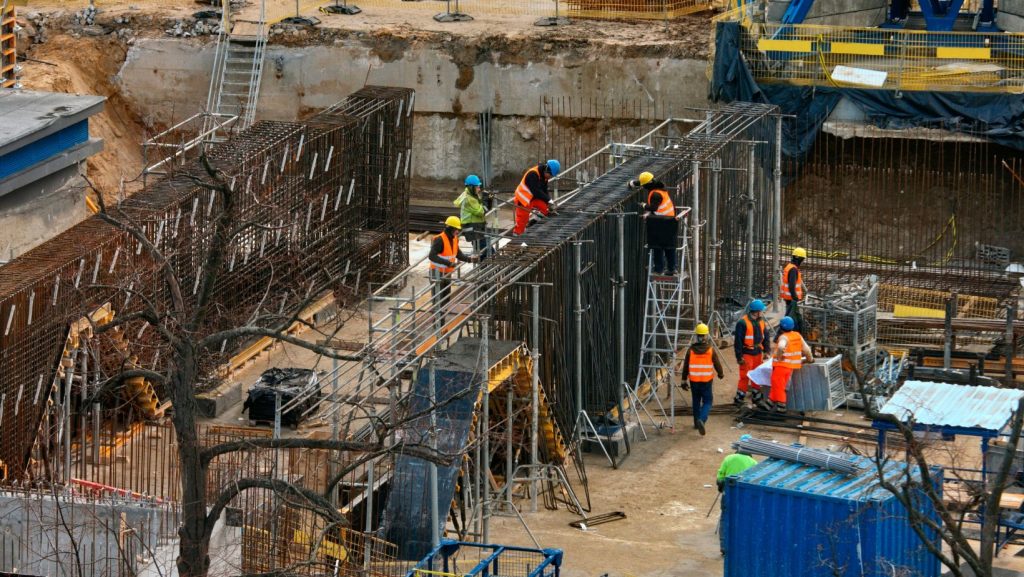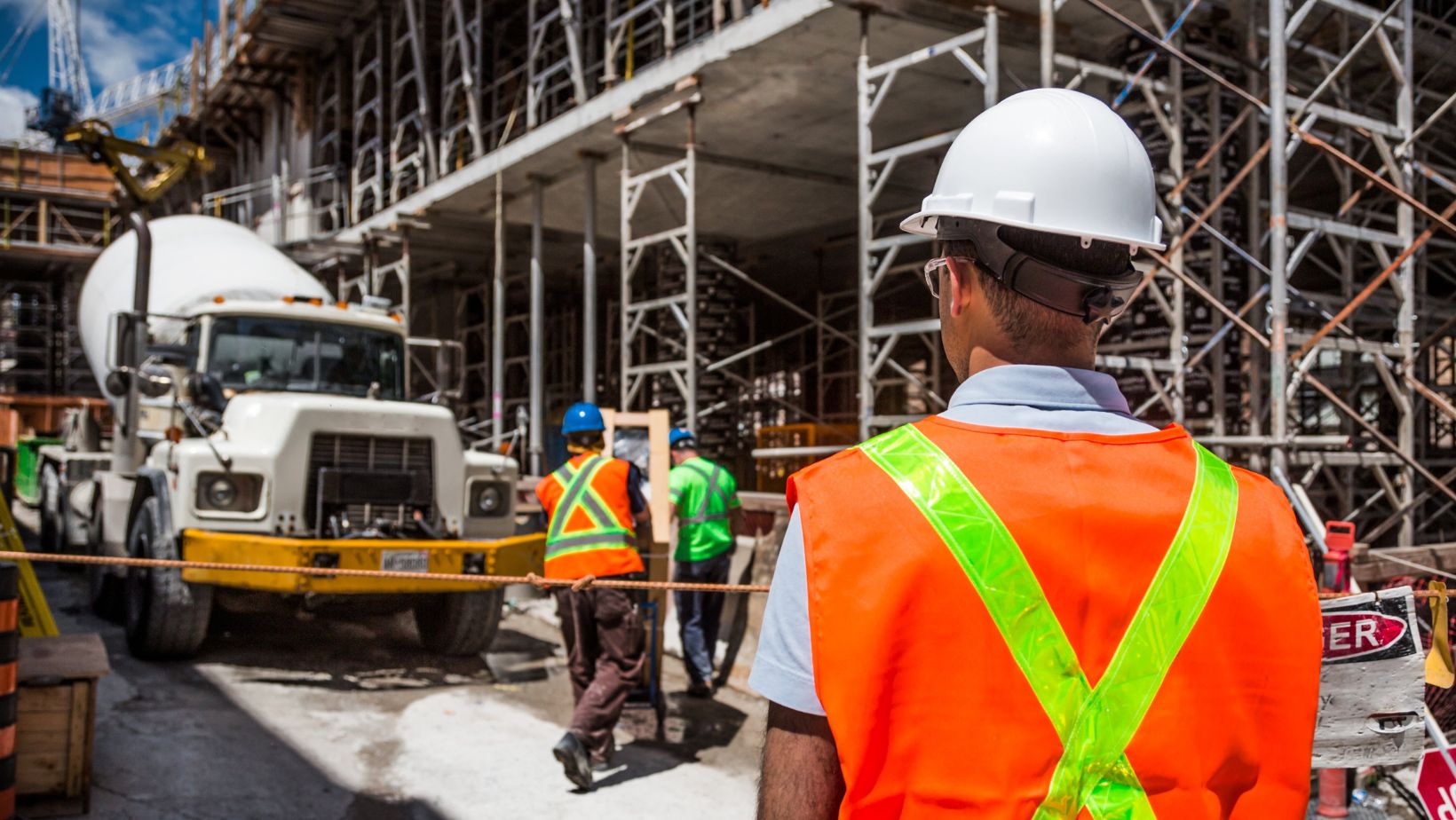
Creating a safe working environment is paramount in the construction industry, a sector known for its high risk of accidents and injuries. Safety on construction sites is not just a matter of compliance with laws and regulations; it’s a comprehensive approach to preventing accidents, ensuring the well-being of workers, and maintaining productivity. This article explores the five most important tips for enhancing safety on construction sites, covering everything from training programs to the use of personal protective equipment (PPE), site organization, equipment safety, and the significance of open communication.
Comprehensive Training Programs
The foundation of construction site safety lies in comprehensive training programs. Every worker, regardless of their role or experience level, needs to understand the potential hazards they face and how to navigate them safely. Training should cover a broad spectrum of topics, including safety protocols, emergency procedures, and the correct use of equipment.
However, it’s not enough to go through training once; the construction industry is dynamic, with new technologies and methodologies emerging regularly. As such, training programs should be updated frequently, and workers should undergo refresher courses to stay abreast of the latest safety standards and practices. This continuous education ensures that every individual on-site is equipped with the knowledge to protect themselves and their coworkers.
Use of Personal Protective Equipment (PPE)
The role of Personal Protective Equipment (PPE) in maintaining safety cannot be overstated. PPE serves as the last line of defense against workplace hazards, offering critical protection to workers. From helmets that protect against head injuries to safety glasses that shield eyes from debris, each piece of PPE is designed with a specific purpose in mind. Gloves guard against cuts and burns, while high-visibility clothing ensures workers are easily seen, especially in areas with heavy machinery or during low-light conditions. Ensuring that all workers have access to the appropriate PPE and that it fits properly is crucial. Equally important is the condition of the PPE; it should be well-maintained and replaced as needed to offer the maximum level of protection.
Maintaining a Clean and Organized Site
A clean and organized construction site is not only safer but also more efficient. Clutter, debris, and disorganized materials can pose serious hazards, including tripping, collapses, or machinery malfunctions. Regular clean-up operations, especially when aided by tools, can significantly reduce these risks. Bottom dump hoppers are particularly useful for managing and moving large amounts of waste or materials efficiently and safely.

Implementing a systematic approach to material storage and waste disposal protocols is crucial for maintaining unobstructed and safe work areas. This extends to the proper utilization of equipment like bottom dump hoppers, which can streamline these processes. An organized site also enhances operational efficiency, as workers can focus on their tasks without the need to navigate obstacles. Thus, maintaining cleanliness and organization is an essential aspect of managing a construction site.
Strict Adherence to Equipment Safety Protocols
Construction sites rely heavily on machinery and equipment, which, while essential, introduce significant hazards. Ensuring the safe operation of this equipment begins with strict adherence to safety protocols. This includes regular inspections and maintenance to prevent malfunctions that could lead to accidents. Additionally, operators should receive specialized training on the equipment they handle. This training goes beyond general safety practices, focusing on the specifics of operating each piece of machinery safely and effectively. By prioritizing equipment safety, construction sites can minimize the risk of accidents related to machinery, protecting both the operators and those working around them.
Encouraging Open Communication and Reporting
In conclusion, the establishment of a culture of safety is fundamentally rooted in the principle of open communication. It is imperative that all workers within the organization should feel not just encouraged but truly empowered to report any potential hazards, near misses, and even the slightest safety concerns that they may have without the fear of any form of reprisal.
This proactive approach to safety, which involves being vigilant and taking preemptive steps to identify and mitigate risks, can help prevent these potential issues from escalating into serious accidents, Learn about Personal Injury Law. Regular safety meetings and established feedback loops are crucial components of this communication strategy. They serve as platforms for open discussions about safety concerns, providing an opportunity for everyone to participate in the ongoing conversation about improving safety conditions on site.
By encouraging this level of transparency and active engagement, the organization ensures that safety is not viewed as an individual duty assigned to a specific department or a particular worker but as a collective responsibility shared by everyone. This approach fosters an environment of mutual care and concern, where every individual is not only looking out for their own well-being but is also actively concerned about the safety of their colleagues. This shared responsibility, and collective vigilance is the key to building a culture where safety is prioritized, and everyone feels secure.
Conclusion
The tips outlined above represent the cornerstone of effective safety management on construction sites. By investing in comprehensive training programs, ensuring the correct use and maintenance of PPE, maintaining clean and organized workspaces, adhering strictly to equipment safety protocols, and fostering a culture of open communication, construction sites can significantly reduce the risk of accidents and injuries.

Safety is not just the responsibility of site managers or safety officers; it is a collective duty that requires the commitment of every individual on site. As the construction industry continues to evolve, so too should its approach to safety, ensuring that every worker returns home safely at the end of the day.












